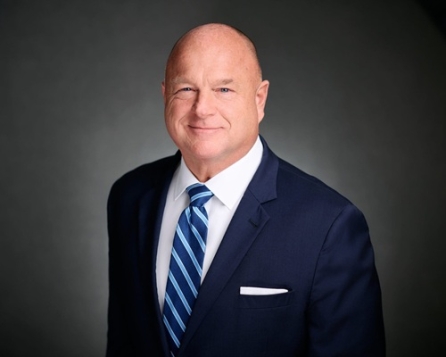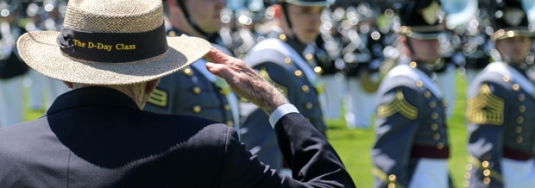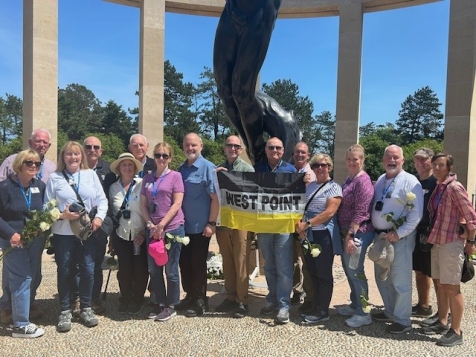Growing up in Paterson, New Jersey, Lori Robinson ’94 wanted to be a librarian. A self-described introvert, she loved reading and excelled in school and sports. She was named valedictorian of her high school class and played basketball, volleyball and softball.
Her father worked in the lumberyard, and her mother spent 30 years with one of the major airlines. So how did the new commander of the U.S. Army Aviation and Missile Command become an Army aviator? Marketing.
“No one in my family was in the military, and I had never been on an Army post,” Robinson said. “I honestly saw a color, glossy brochure with a cadet from West Point on the front, and I was like, ‘What’s this? Can I go here?’ I brought the brochure home to my mother, and she said, ‘You want to do what?’”
The United States Military Academy was about an hour north of Robinson’s hometown. She went on a college visit, spending half a day touring the institution established by the founding fathers. She had toured other colleges, but Robinson said West Point “just felt good.”
She became the first person from her small Catholic high school to attend a military service academy. She studied mechanical engineering with an aerospace focus, and when it was time to pick an Army branch, she chose aviation because it allowed her to go to flight school. She learned to fly the CH-47 Chinook at Fort Novosel, Alabama, and never looked back.
“That’s the only airframe I’ve flown my whole career,” Robinson said. “It was the mission set — cargo, passengers, equipment, sling loads — the mission comes in so many forms and fashions, but in the end, the mission of the Chinook is to move heavy stuff to people on the ground who need it. It has taken me to so many different places around the world, and it’s been very rewarding.”
Robinson’s first assignment was the Republic of Korea, where she was stationed with one of her fellow West Point classmates, former AMCOM Commander Maj. Gen. Tom O’Connor.
Throughout her career, she served with the 18th Aviation Brigade, the 25th Combat Aviation Brigade, the 2nd Combat Aviation Brigade, the 10th Mountain Division, the U.S. Army Alaska Aviation Task Force and the Pentagon.
The Army even sent her back to West Point, this time as the 80th Commandant of Cadets, where she had the opportunity to develop future leaders of character, an assignment she described as “surreal.”
However, she said her command positions were some of the most career-defining assignments. She commanded and deployed with the 3rd Battalion, 25th Aviation Regiment at Wheeler Army Airfield in Hawaii and the 4th Combat Aviation Brigade at Fort Carson, Colorado.
She said, “When you deploy into combat with those assets, you see in action the training and everything you did leading up to it and why it is important to be ready to go.”
Robinson completed four combat deployments, three to Afghanistan and one to Iraq. Now, as the AMCOM commander, she is acutely aware of her role in assisting those forward-deployed warfighters.
“Throughout my whole career, I knew what AMCOM did for me in the field, and I didn’t know exactly how they did it or how many people it took to do it, but I did know that if I picked up the phone and called someone or emailed someone at AMCOM, someone was going to answer, and something was going to happen. I knew a part was going to move my way, a maintenance team was going to help, an engineering assessment would be made, my torque wrench would be calibrated — whatever it was. So I was extremely excited to come here and be part of this organization to help our great commanders out in the field now, who I know reach back to AMCOM.”





